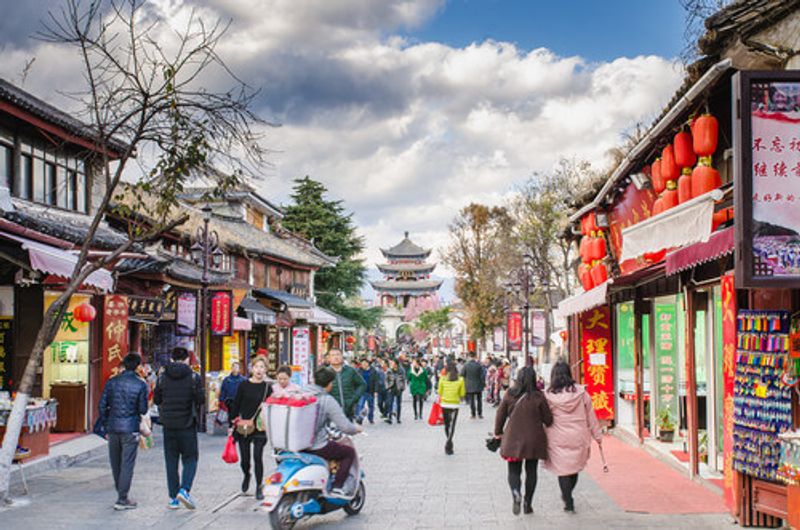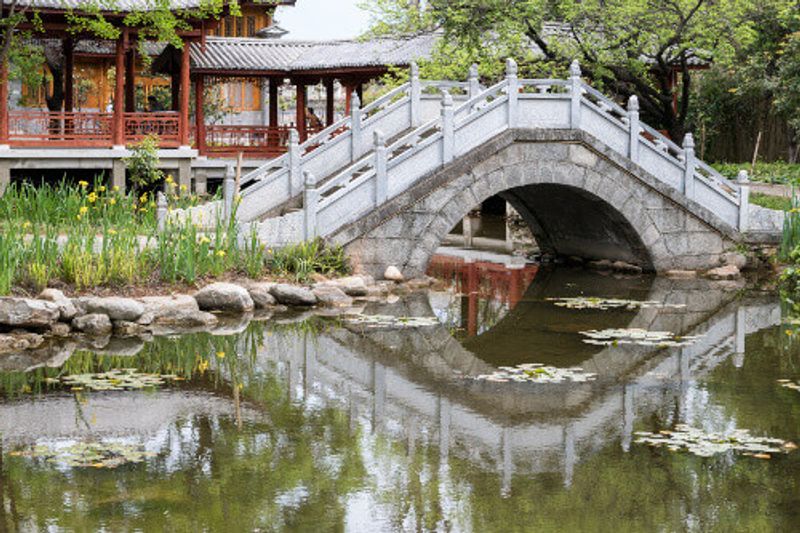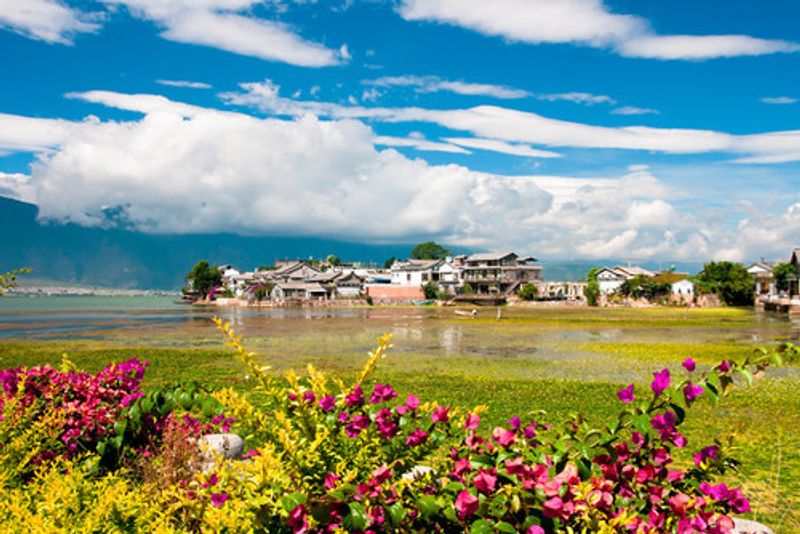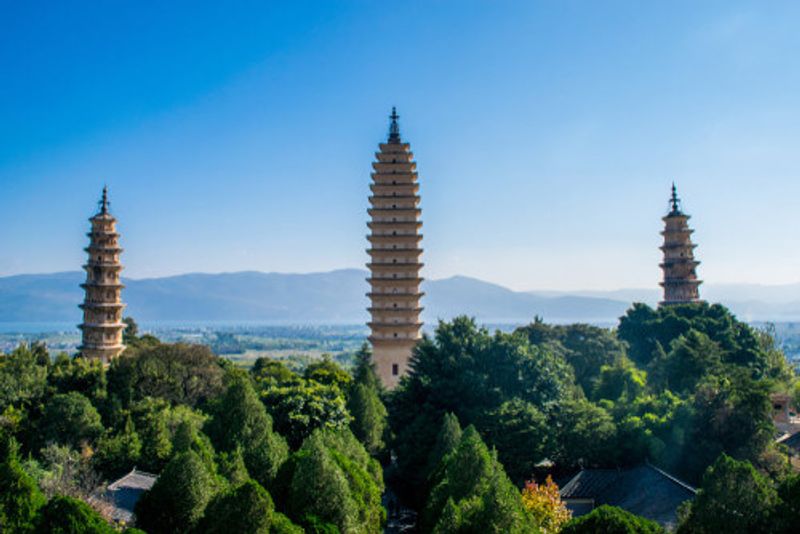A centre point of Yunnan’s minority culture
The town of Dali, in China’s southwestern province of Yunnan is one now one of China’s most popular destinations. Only a decade or so ago, however, only a small number of hardy backpackers and adventurers would make it to this sleepy mountainous backwater. A century ago it was a favourite destination of botanists and anthropologists who made Dali their base as they came to discover new flowers, plants and people.
Tucked away, high up mountain passes, Dali’s ancient wooden structures and beautiful Bai minority population have been a draw for over a thousand years. The town was a stop-off point on the famous tea and horse caravan that traded these valuable products from China’s central lands to Indochina.
Over this time, the town has been raised by invaders, destroyed by fire and, most recently, damaged by a major earthquake. While a typically ugly new town has been built up in the surrounding area, the ancient old town still retains the same charm it has for centuries. Low wooden, gabled houses cling to the hillside. A network of waterways and streams run from the surrounding mountains through the town, and as the sun sets, red lanterns are lit, bouncing light off the cobbled streets and inky black streams.
New roads and an airport has meant that the town is a sleepy backwater no more. Many of the old buildings have been turned into shops selling ethnic jewellery and clothing. The clear streams are linked together with small bridges or stepping stones and flanking the waterways are restaurants serving local Yunnan cuisine such as the fried cheese, beef jerky and delicious wild mushroom dishes.
The region is home to the Bai ethnic minority, instantly recognisable for their traditional clothing, which usually features women wearing a white dress (bai means white), with a blue or sometimes red and black jacket on top to keep the cool mountain air at bay.
Dali sits on the edge of the vast Erhai Lake where fishermen can be spotted looking for that days catch. Older locals might tell the tale of an American WWII pilot from the Flying Tigers who crashed his plane into this lake after flying the perilous route over the Himalayas.
Beside the lake and in the shadows of the Cangshan mountains, are the famous Three Pagodas of the Chongsheng Temple – Dali’s most iconic landmark. These three tall pagodas were originally built in the 9th century, and although have been regularly renovated, have stood the test of time. They even survived the 1925 earthquake which destroyed so much of the old town.
Dali is a great spot for exploring some of the nearby smaller villages. Just north of Dali is the village of Xizhou – a quiet little village that today feels similar to Dali at the end of the 20th century. The few small streets that make up the town are populated by locals wearing their traditional dress, and serve visitors the delicious Xizhou Baba – a type of flatbread ‘pizza’ with various spiced pork and scallion toppings.




